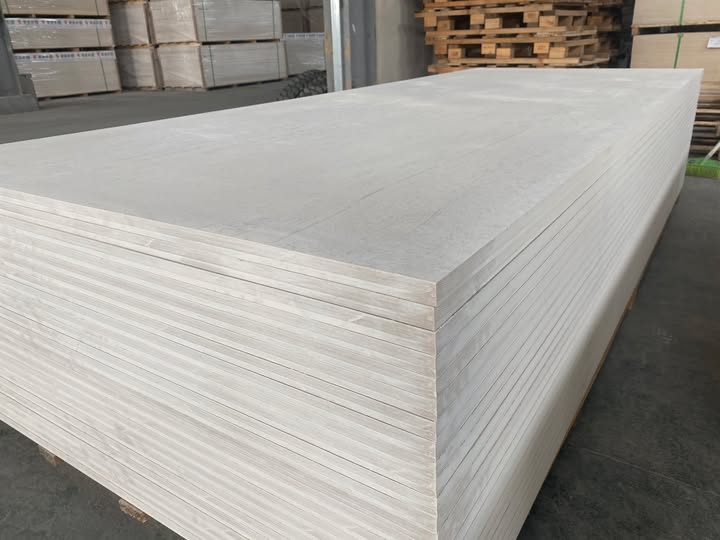Seismic Performance of Fiber Cement Panel Curtain Walls: A Comprehensive Analysisn
With increasing seismic activity worldwide, evaluating the earthquake resistance of building materials—especially widely used modern solutions like fiber cement panel curtain walls—has become crucial. These panels, composed of cement, reinforcing fibers, and fillers, offer superior seismic resilience due to their unique structural properties.

Key Seismic Advantages of Fiber Cement Panel Curtain Walls
1. Lightweight Yet High Strength – Reduces Seismic Forces
- Density (1.2–1.6 g/cm³): Significantly lighter than brick or concrete walls.
- Reduced structural load: Minimizes inertial forces during earthquakes, enhancing building stability.
- Example: A fiber cement panel wall weighs only 1/15th of a traditional brick wall of the same thickness.
2. Enhanced Ductility & Crack Resistance
- Fiber reinforcement (cellulose, PVA, etc.) prevents brittle fractures.
- Flexural strength (16–24 MPa): Absorbs seismic energy while maintaining structural integrity.
- Deformation tolerance: Withstands building sway without catastrophic failure.
3. Reliable Connection System & Structural Integrity
- Steel stud framing & specialized fasteners ensure panel stability.
- Elastic joint sealants accommodate movement during seismic events.
- System remains intact even under inter-story drift (lateral displacement).
4. Dimensional Stability & Weather Resistance
- Low moisture expansion/shrinkage: Prevents warping post-earthquake.
- Long-term durability: Maintains performance in aftershocks and extreme conditions.
5. Impact Resistance (≥4.9 KJ/m²)
- Withstands falling debris & structural collisions during quakes.
- Reduces hazardous fragmentation compared to brittle materials.

Why Choose Fiber Cement Panels in Seismic Zones?
✅ Lightweight → Less seismic force on structures
✅ Flexible & crack-resistant → Absorbs energy without failing
✅ Secure mounting system → Prevents panel detachment
✅ Low maintenance → Performs reliably over decades
Case Study: Performance in High-Risk Regions
Fiber cement cladding has been adopted in Japan, New Zealand, and California for its proven earthquake resilience, outperforming traditional masonry and precast concrete.
Installation Best Practices for Seismic Resistance
- Use corrosion-resistant steel framing (galvanized or stainless).
- Proper fastening spacing (per ASTM or local building codes).
- Expansion joints to allow movement.
- Seismic gap detailing at perimeters.
Conclusion
Fiber cement panel curtain walls provide optimal seismic performance due to their light weight, ductility, and robust connections. For architects and builders in earthquake-prone regions, these panels deliver:
✔ Enhanced safety (reduced collapse risk)
✔ Lower repair costs (damage mitigation)
✔ Long-term reliability (moisture/fire resistant)
For seismic-compliant designs, consult fiber cement panel manufacturers for region-specific engineering guidelines.
